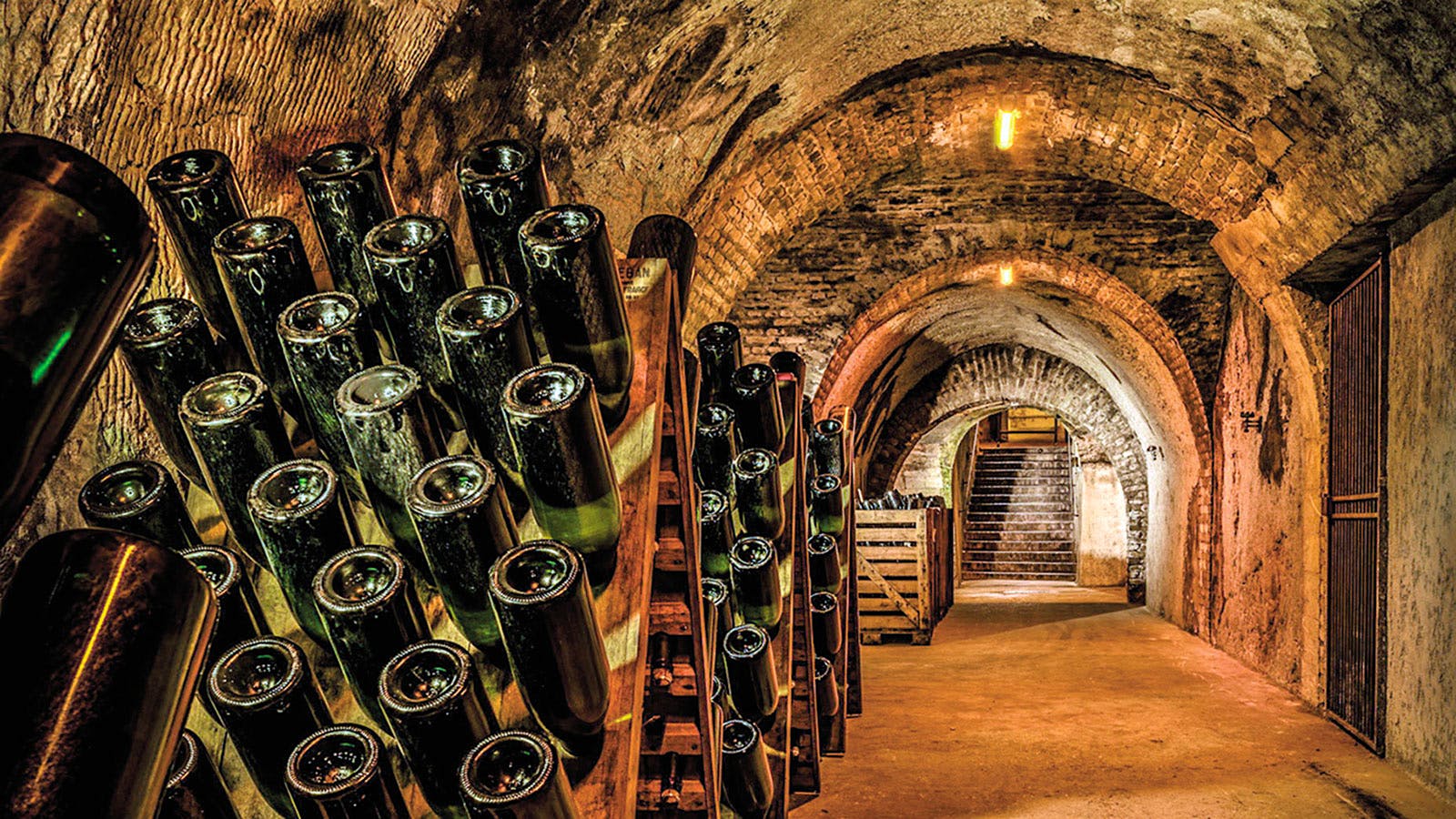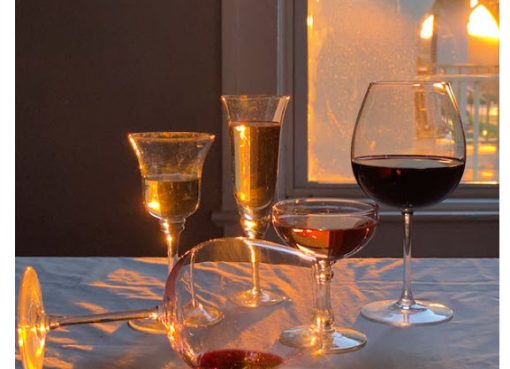Champagne and Prosecco—A Tale of Two Fizzes

Americans are being more cost-conscious when it comes to their bubbly, according to a report from Wine Spectator sister publication Shanken News Daily (SND). Champagne sales have been declining in the U.S. market, while Prosecco has been growing.
Champagne had been enjoying big gains in recent years in the U.S., with exports to America up 61 percent since 2020, well ahead of the second-largest export market, the U.K.
But sales slipped in the past two years. Now, after stabilizing in the first half of 2024, there could be renewed growth on the horizon. According to Impact Databank, total U.S. Champagne sales by volume declined 12.5 percent to 1.58 million cases in 2023. Champagne exports to the U.S. were down 20 percent by volume to 2.2 million cases and 14.5 percent by value to $890 million last year. One reason is that many producers and importers raised prices in 2023, when demand was high. But that collided with consumers’ growing worries over inflation.
Industry leaders are hopeful, however, and see signs that a slowdown has ceased. “The double-digit declines caused by destocking and weakened consumer demand last year have eased in 2024,” Laurent-Perrier US president Michelle DeFeo told SND. “After a challenging 2023, we’re back in growth mode in 2024.” In particular, Laurent-Perrier is seeing solid results at the top end of the market with its prestige cuvée Grand Siècle.
Higher-End Cuvées and New Players
The top 20 Champagne brands account for 94 percent of the category, led by LVMH’s duo Veuve Clicquot and Moët & Chandon, which remain not only the largest Champagne brands stateside but also the top two wine brands overall by retail dollars among all wines priced at $25 and over.
The biggest trend in Champagne sales continues to be premiumization. Piper-Heidsieck has also emphasized the high end with its Essentiel tier, which most recently launched a blanc de noirs. “Vintage Champagnes and prestige cuvées are gaining popularity,” notes portfolio brand director Irene Habermeier.
While the category has slipped the past two years, new players continue to enter with an eye toward future growth. Nicolas Feuillatte owner Terroirs et Vignerons de Champagne acquired the Henriot Champagne brand from Francois Pinault’s Artémis Domaines last year for an undisclosed sum. This month, California wine giant Jackson Family Wines began handling Henriot in the U.S., marking its entry into Champagne.
Napa Valley–based importer and marketer Demeine Estates added the Philipponnat Champagne brand to its portfolio late last year. Known for its focus on Pinot Noir, Philipponnat sells around 10,000 cases annually in the U.S.
Prosecco Propels the Imported Sparkling Wine Category
While the total imported sparkling wine category was roughly flat last year at 13.3 million cases in the U.S., according to Impact Databank, a number of brands from Italy and Spain are growing. Prosecco has been the main growth engine, sending more than 10 million cases to the U.S. last year, up from fewer than 8 million cases prepandemic.
Gallo’s La Marca Prosecco is the biggest player in the U.S. in the Prosecco category, with volume more than three times that of its closest competitor on the import side. “Our on-premise business finished 2023 up double-digits, and we continue to see strong growth in 2024,” Gallo vice president of marketing Beth Orozco told SND.
The popularity of spritz cocktails featuring sparkling wine has given Prosecco another leg up in the market, Orozco claims. Mionetto Prosecco, from Freixenet Mionetto USA, matched La Marca’s 7 percent growth rate last year, reaching 960,000 cases. Its portfolio includes multiple Proseccos and a new alcohol-removed sparkling wine. “Prosecco will remain a growth driver for sure,” Henkell Freixenet CEO Dr. Andreas Brokemper recently told SND.
For more wine industry news, visit Shanken News Daily.
